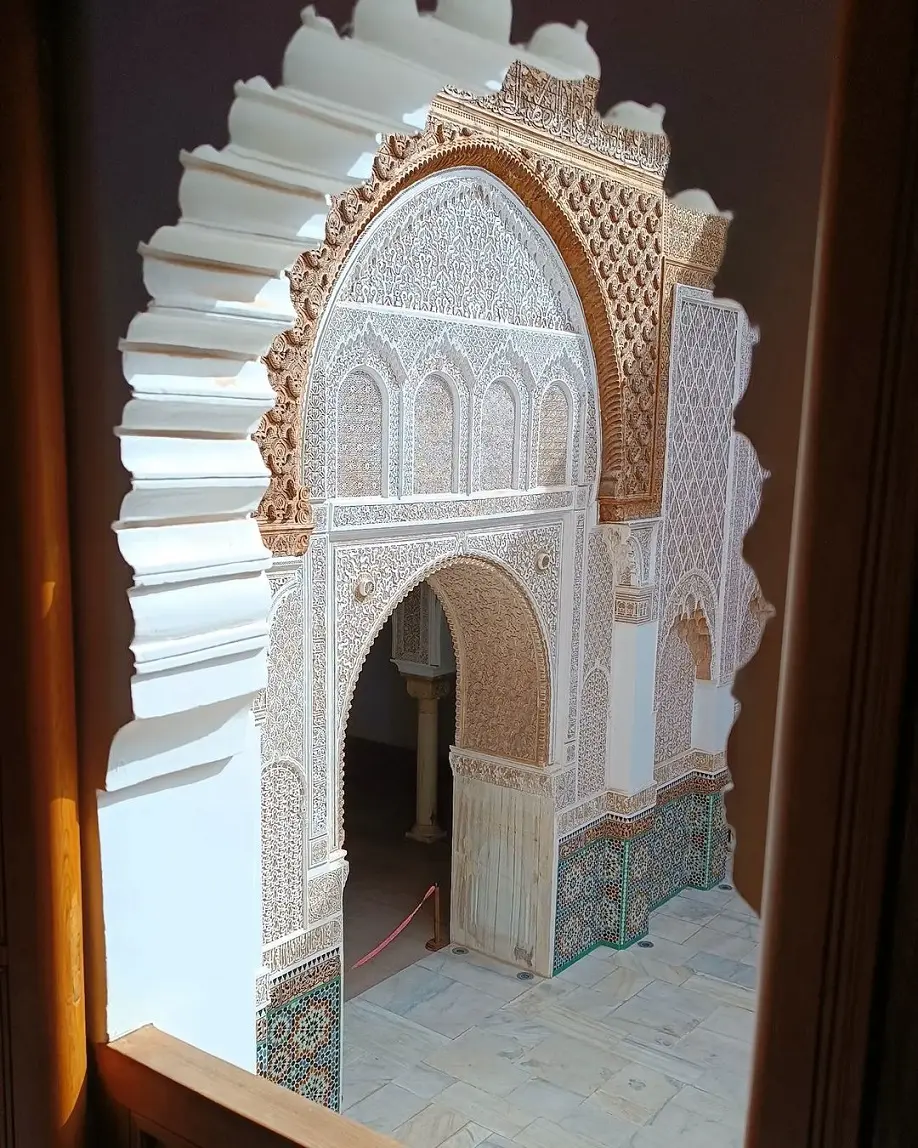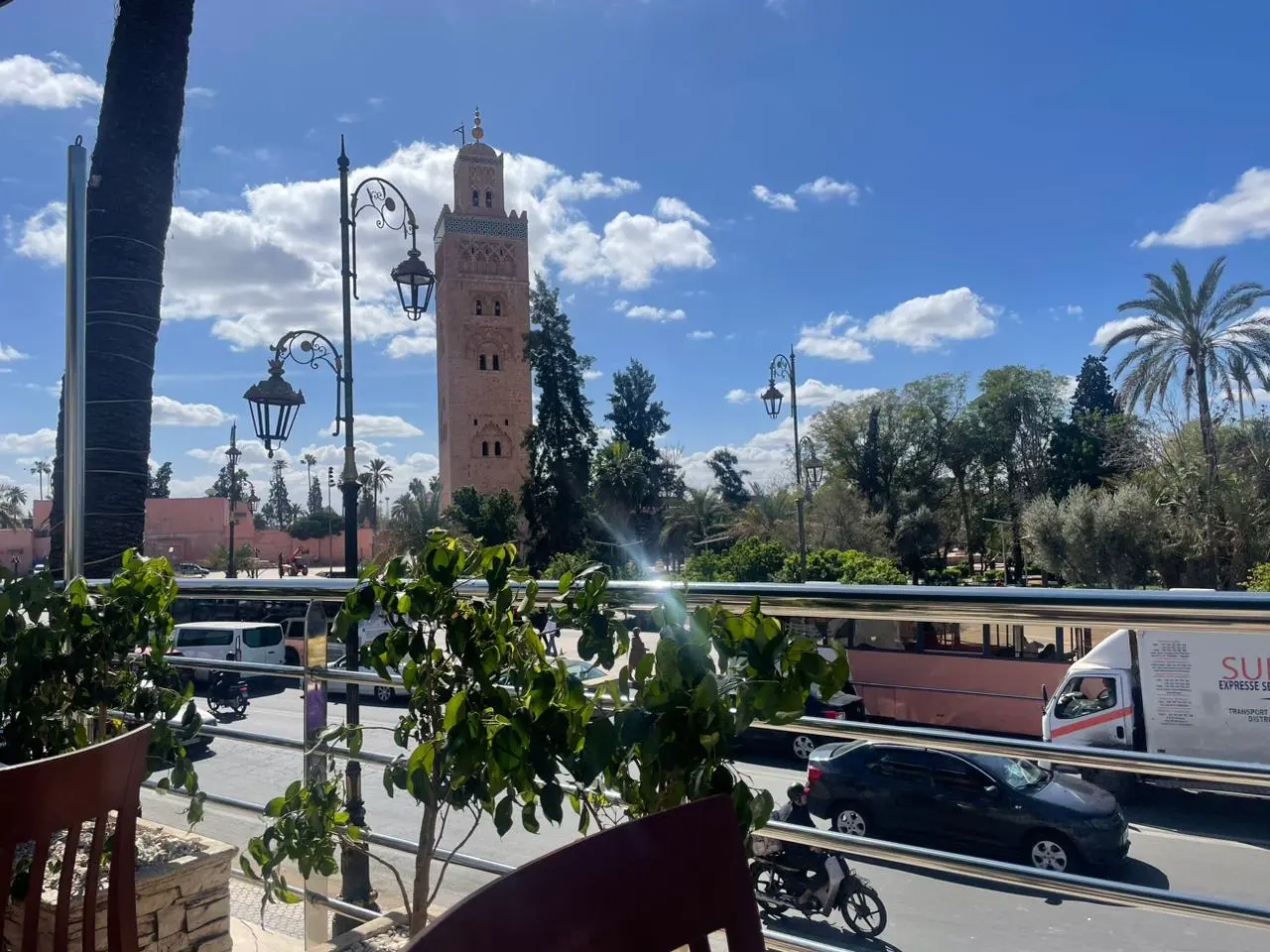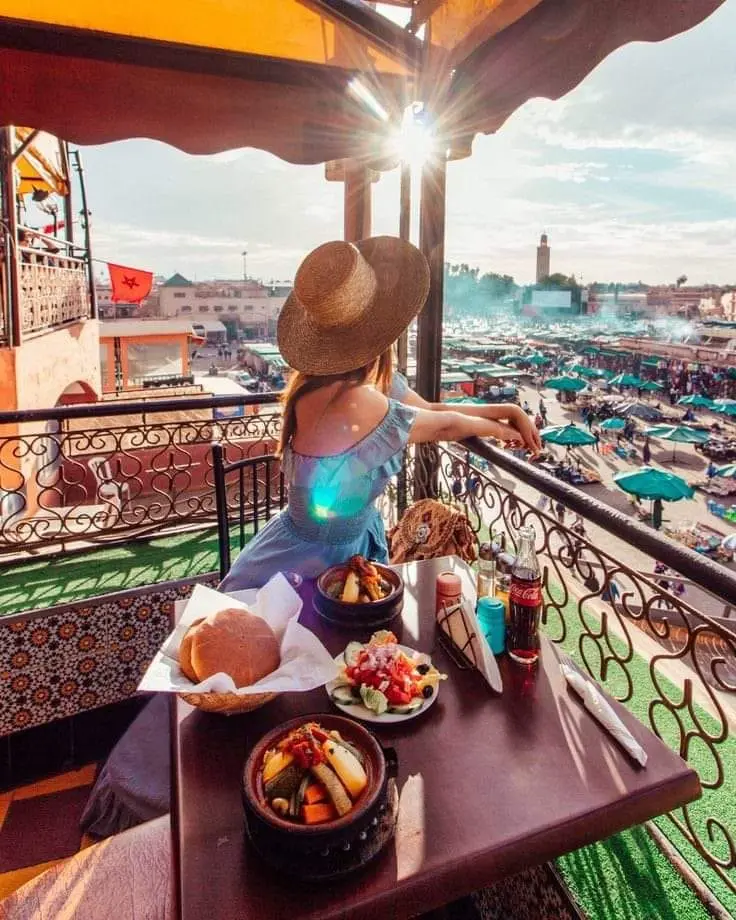The Bahia Palace: A Historical Masterpiece at the Heart of Marrakech
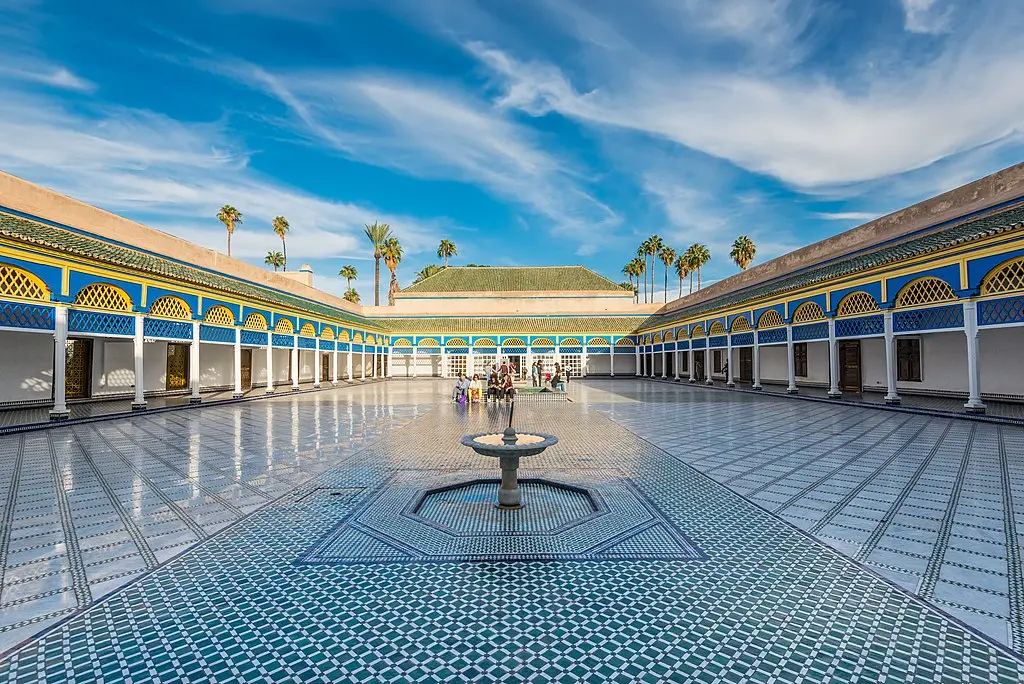
The Bahia Palace stands as a monument of beauty and history in the heart of Marrakech. This 19th-century architectural gem, with its lush gardens and opulent halls, continues to captivate visitors from around the globe. This article invites you to explore the Bahia Palace, a must-visit site that enchants everyone who steps through its gates.
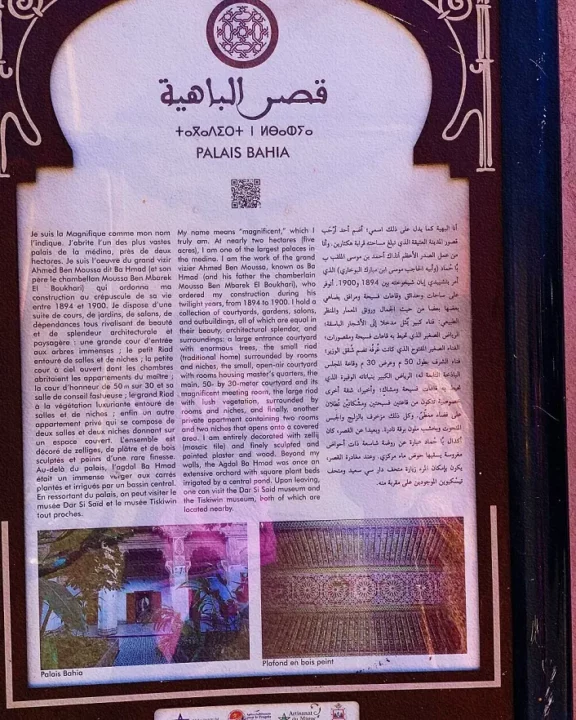
History and Importance:
Built in the late 19th century, the Bahia Palace was intended to be the pinnacle of opulence and elegance. Conceived by Si Moussa, the sultan’s grand vizier, and later expanded by his son, Ba Ahmed, the palace served as a home for their family and a symbol of their power. With its name meaning “brightness,” the Bahia embodies the zenith of Moroccan architecture, blending Islamic and Moroccan influences in perfect harmony.
Architecture and Design:
The Bahia Palace is an architectural masterpiece known for its sumptuous gardens, peaceful interior courtyards, and halls adorned with delicate mosaics, cedar ceilings, and intricate stuccos. Every element of the palace was designed to reflect the grandeur of Moroccan craftsmanship, offering a visual spectacle that delights the senses.
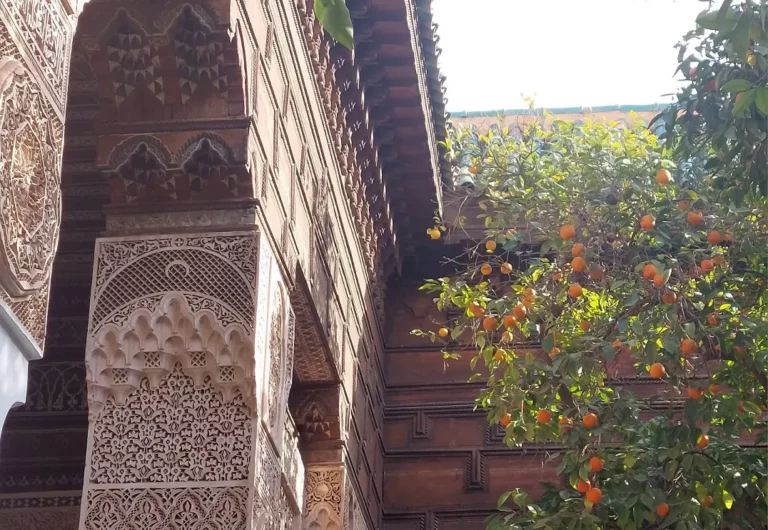
Today's Experience at the Bahia Palace:
Open to the public, the Bahia Palace serves as a window into Morocco’s rich cultural and historical past. Visitors can wander through its vast gardens, admire the architectural details of different halls, and especially feel the tranquility enveloping this historic site. It’s a living testament to Moroccan history, offering a unique perspective on the life of royalty and nobility of the past.
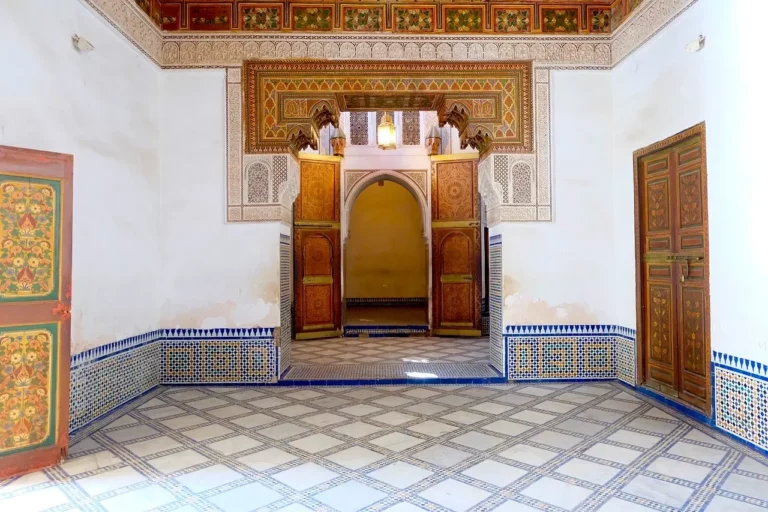
What to Do at the Bahia Palace?
- Architectural Exploration: Admire the unique fusion of Moroccan and Islamic architecture that characterizes the palace.
- Gardens and Outdoor Spaces: Stroll through the lush gardens, a space of calm and natural beauty.
- Photography: Capture the beauty of architectural details and decorative patterns, making the Bahia Palace an exceptional photographic subject.
- Cultural Immersion: Discover Moroccan history and traditions through the palace’s structure and decor.
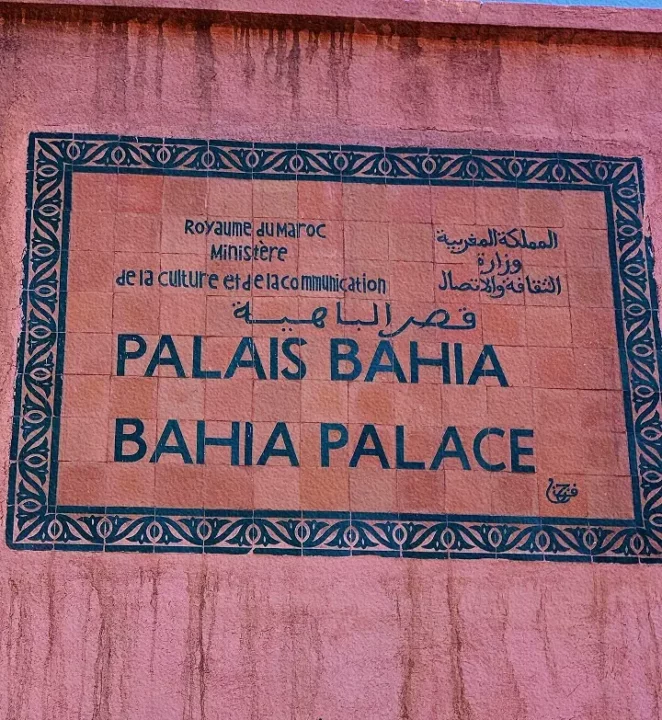
Visitor Information:
The Palace is open daily, providing visitors the opportunity to explore this historic monument. A modest entrance fee is required, granting access to most parts of the palace. For a more enriching experience, participating in a guided tour, available in several languages, is recommended.
Conclusion
The Palace is not just a tourist site; it’s an open door to the soul of Morocco. Visiting is not merely a walk through halls and gardens but a journey through time, offering a glimpse into Moroccan royal life. Each visitor leaves with a sense of wonder and a deeper connection to Moroccan culture and history.

